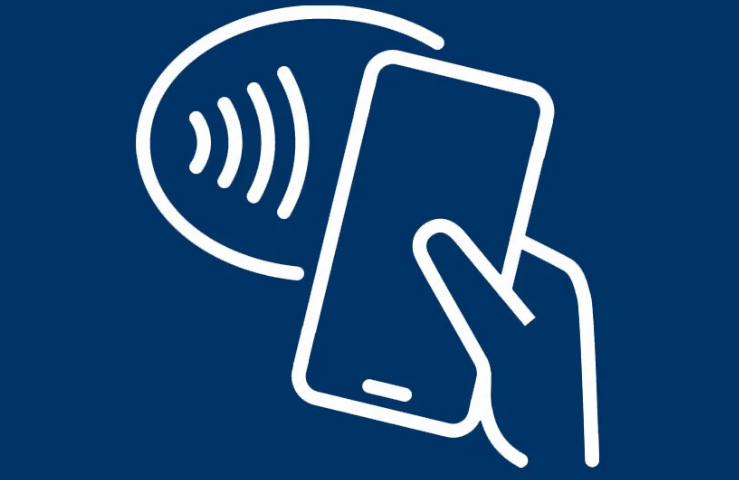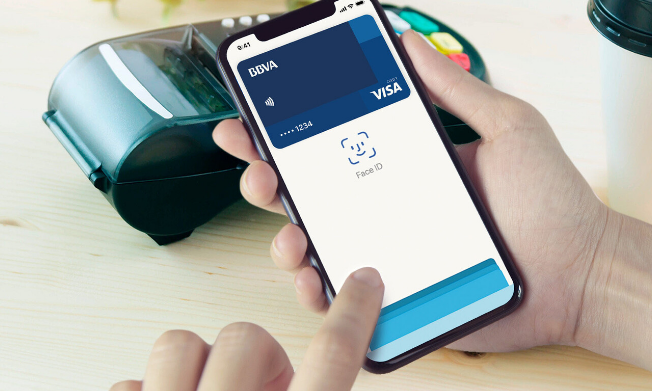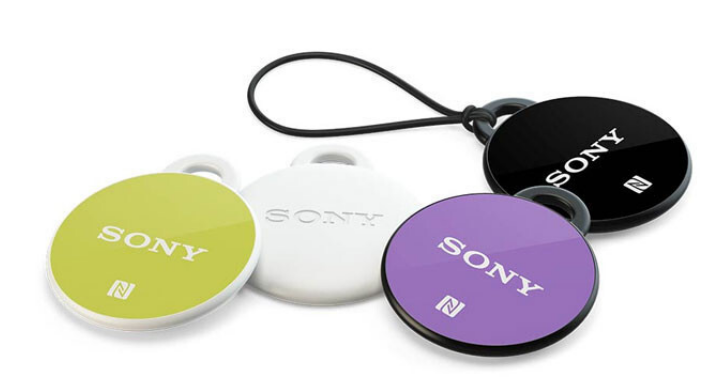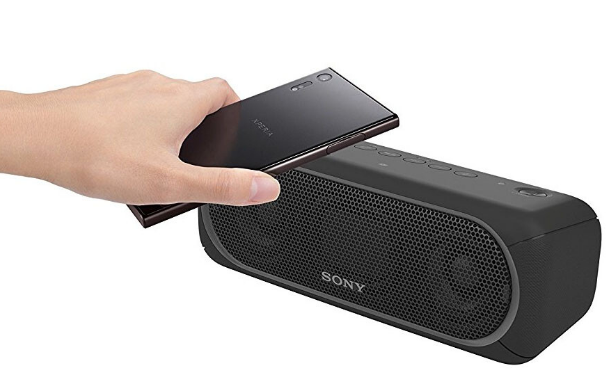
The NFC is still a great unknown for a large part of the population. Less advanced users are unaware of all the possibilities it offers. Moreover, many people do not know if their mobile has this wireless communication technology.
If you don’t know what NFC is, or you want to know how to get the most out of it, then we are going to explain everything about this technology that has been conquering our mobiles for more than 10 years.
What is NFC
The acronym NFC comes from Near-Field Communication, which translates into Spanish as near-field communication, which already gives us a clue as to what it is.
NFC is a short-range, high-frequency wireless communication technology created for two nearby devices to exchange data. Its radius of action is a maximum of 15 cm, so both devices have to be very close.
NFC communication is done through induction by creating a magnetic field through the coiled antennas of two nearby devices. NFC supports two protocols:
- Active: Both devices generate their electromagnetic field to transmit their data. This is the case from device to device.
- Passive: Only one device generates the electromagnetic field and the other takes advantage of the energy to transfer the data. This is the case from device to tag or card.
The NFC protocol can transmit data at speeds of 106, 212, 424, or 848 Kbit/s, which as we see with NFC, its speed is very slow, so this technology is practically only used for the identification and validation of people and devices. To share large data, Wi-Fi Direct and Bluetooth are used.
What is NFC for?
Many uses are currently being given to the NFC of our mobile since thanks to this technology the synchronization between devices to share data is simplified, it allows us to identify ourselves, automate actions, or in the future, it will allow us to turn our mobile into the key to our car. Next, we will see in more detail some of the uses that we can give to the NFC of our mobile.
Seven uses to get the most out of it
Mobile payments

Paying with the mobile is the best-known use of NFC and the most widely used. Applications such as Apple Pay, Google Pay, or Samsung Pay allow us to carry our debit and credit cards on our mobiles. On iOS, we can only pay with Apple Pay but on Android, we can pay with Google Pay or with our bank’s application.
Identify yourself at the cashier
Since NFC turns our mobiles into our debit cards, we can also withdraw or deposit money at many ATMs that support this technology. We will only have to unlock the mobile and bring it closer to the contactless reader of the ATM to proceed with the identification just as if we introduced the physical card in the slot.
Electronic ID reader
Android devices can use the NFC of your mobile as a DNIe reader, in addition to being able to identify yourself directly with your DNIe from some of the compatible applications.
Automation of actions

We can automate actions thanks to NFC tags or key rings. It can be configured that our mobile performs a certain action when reading a label. For example, you can make a mobile connection to a Wi-Fi network by reading a label, putting it on silent, or opening an application. On iOS, automation is done through the Home app. On Android the most popular app is Trigger.
Synchronization between devices

NFC improves synchronization between devices to make transferring photos, videos or music faster and easier. There are some NFC-enabled speakers and cameras that, when we bring our mobile closer to the device, are synchronized in less than a second, linking our mobile via Wi-Fi or Bluetooth for data transfer.
Personal identification
The NFC also serves to identify us, although this feature is still unsqueezed. Very few places use NFC to identify us, such as to access public transport. In Android, it will soon allow the use of NFC to be able to carry our identity documents and passport safely on mobile.
Access Content
NFC was intended as the successor to QR codes as they save you from having to open your camera and focus on a code. Just by bringing your mobile closer to a label, you already have access to the information it contains. This feature is also not being exploited very much. There are hardly any museums that are betting on this technology. In Spain, the Museum of the Alhambra in Granada was a pioneer in implementing NFC in 2013 to be able to access tourist guides.

Sharlene Meriel is an avid gamer with a knack for technology. He has been writing about the latest technologies for the past 5 years. His contribution in technology journalism has been noteworthy. He is also a day trader with interest in the Forex market.















